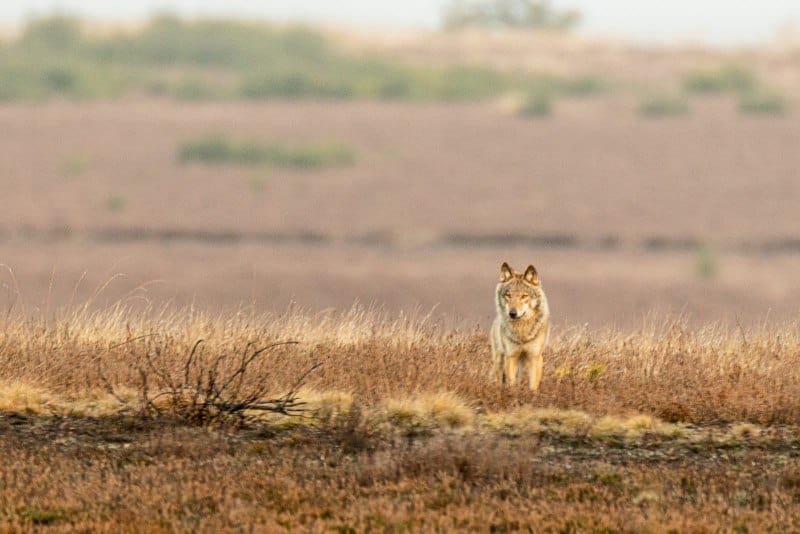Share:
Native vs. Non-native Species in ecosystem restoration

A recent study published in Science questions the prevailing belief that large native herbivores offer greater benefits to local plants compared to introduced species. Instead, the research emphasizes the importance of species traits in influencing ecosystem dynamics, challenging traditional perspectives on the matter.
Researchers at Aarhus University reviewed 221 studies investigating the impact of native and non-native animals on plant communities, encompassing nearly 4000 land plots, concluding that nativeness did not shape megafauna impacts. Instead, functional traits are responsible. This study confirms that larger-bodied, bulk-feeding megafauna foster plant diversity, while smaller, more selective species tend to exert more negative effects on the abundance and distribution of plant species.
Systems thinking
While acknowledging the importance of megafauna’s role in plant diversity, it’s important to recognise the nuanced differences in interspecific and interbreed diet preferences, behaviour and habitat use, influencing vegetation development, structure and plant species composition, as well as facilitation and competition between herbivores.
In the context of using native species in conservation efforts, the precautionary principle guides decision-making to prioritise the use of native species over non-native or introduced species. This approach is based on the idea that native species have evolved within their ecosystems over time and are better adapted to their environments, reducing the risk of unintended ecological consequences compared to introducing non-native species.
Ecosystem approach
While the study focused on specific traits and their impact on plant communities, it did not consider broader ecological interactions or long-term ecosystem dynamics. Therefore, it could be considered reductionistic in its approach, as it isolated specific factors without fully considering the broader ecological context. A more holistic approach would involve considering a wider range of ecological variables and interactions to better understand the complexities of ecosystem functioning.
An ecosystem approach is an integrated way of managing natural resources that considers the entire ecosystem, including its biological, physical, and human components. This approach recognises the interconnectedness of all elements within an ecosystem and aims to sustainably manage resources while maintaining ecosystem health and biodiversity. It often involves interdisciplinary collaboration and takes into account ecological, social, and economic factors to achieve long-term environmental sustainability.
For more information about this study, please visit the website of Aarhus University.






